Google Search
Life on the Home Front
The last year of WWII, I turned seven. Being raised east of San Diego, while the war was raging in the Pacific, exposed me to sights probably not all kids my age experienced. Here are a few of them.
All survivors from that period probably remember ration books and that most families took their grease to the butcher shop where, someplace else, it was rendered into soap. All cans were saved for recycling, and gasoline and tires were rationed so there were not near as many unnecessary trips as people take today. The preceding was probably the norm across the country.
Being near San Diego with its shipyards and aircraft factories, resulted in virtually miles of camouglage netting. I can remember this well because of the square shadows dancing on the ground when the wind blew. We had blackout curtains in the house and periodically there were blackout exercises. Local wardens backed by deputy sheriffs enforced the blackout restrictions.
All day long the sky was filled with silver aircraft, the aluminum shining bright in the sun. The planes had not yet received the coats of paint they would receive before entering the war zone. San Diego was not just a staging area for aircraft. There was a bivouac area down the road where we lived. After dark, tanks, half-tracks, ducks and trucks, in seemingly endless numbers, were driven into San Diego or loaded on lowboys for transport ship-side at the docks. The paved road in front of our little house was reduced to sand and dust by the grinding of treads. And the house shook every time a column rumbled past. One group of marines, a mechanized force, took our family dog when they left. But they had my parents permission. There are other memories, some not pleasant, that I might share in the future. ThesauRuss
Passed Time Login
Private Message Notifier
You are not logged in.
Passed Time Groups
User Menu
Top Blogs
- In Their Own Words 107 posts
- Get Quick Resolution at Roadrunner email support 13 posts
- Open Book 8 posts
- Fix Install Norton Related Issues by Experts In UK 5 posts
- Walk on the Crazy Side 4 posts
- HaelthandNutritionTips 4 posts
- Sindhi News Website 4 posts
- www.office.com 3 posts
- The Wyrms Book 3 posts
- 17 Reasons To Boost Your Website Traffic and SEO During the Coronavirus Pandemic 3 posts
Museum says missing Nazi submarine mystery solved
A Danish war museum says it found German U-boat U-3523 embedded on the sea floor, quashing years of speculation.
York County Historical Society
Are You Smarter Than a Curator?
Mother’s Day At York County History Center
York Civil War Round Table Meeting: The Battle of Trevilian Station
York County History Center Hosts ALLVETS Group For Oral Histories
York County History Center To Present Estate Planning Seminar
The Face of a Monster: America's Frankenstein
The Paperback of the The Face of a Monster: America's Frankenstein by Patricia Earnest Suter at Barnes & Noble. FREE Shipping on $25 or more!
USS Indianapolis wreckage found 72 years later - CNN Video
The remains of the USS Indianapolis, which delivered parts of the atomic bomb dropped on Hiroshima, and was later sunk by a Japanese submarine, have been found.
Gaming etc.
Top 5 Mistakes Made by Game Company Executives
Ahead of Their Time: Discontinued Game Consoles

Andrew Kamal is an app developer, programmer, and inventor who loves writing about historical technology and old games. He can be found in his free time hugging pugs and debating people about which pizza topics are better.
Save
Save
Save
Save
Save
Save
Save
Save
Save
Save
Save
Siberia: Medieval Mummies From Mystery Arctic Civilization Discovered in Zelenyy Yar Necropolis
Two medieval mummies from a mystery Arctic civilization have been discovered at the edge of Siberia. The remains of an adult and baby were found in the Zelenyy Yar necropolis, an archaeological complex first discovered in 1997, and were covered in copper-with the adult having been plated from head to
Search This Site
BibleRescue - Reuniting famly bibles with family
The family bible is a family's connection to the past and future. It connects an entire family across generations to their history, to their faith and provides an understanding of who their ancestors were. Family bibles often contain locks of hair, photographs, newspaper articles in addition to names, dates of birth, death and marriages.
![]()
Presidents Day celebrated with Wheatland Living History tours
100 Years After US Entry Into World War I, Motivations Revisited
April Living History: Precocious, Passionate, & Plodding Buchanan
April 2017 Story Ideas from LancasterHistory.org
The Friends of the Tanger Arboretum Annual Dinner
LancasterHistory.org Honors National Black History Month With Program Set
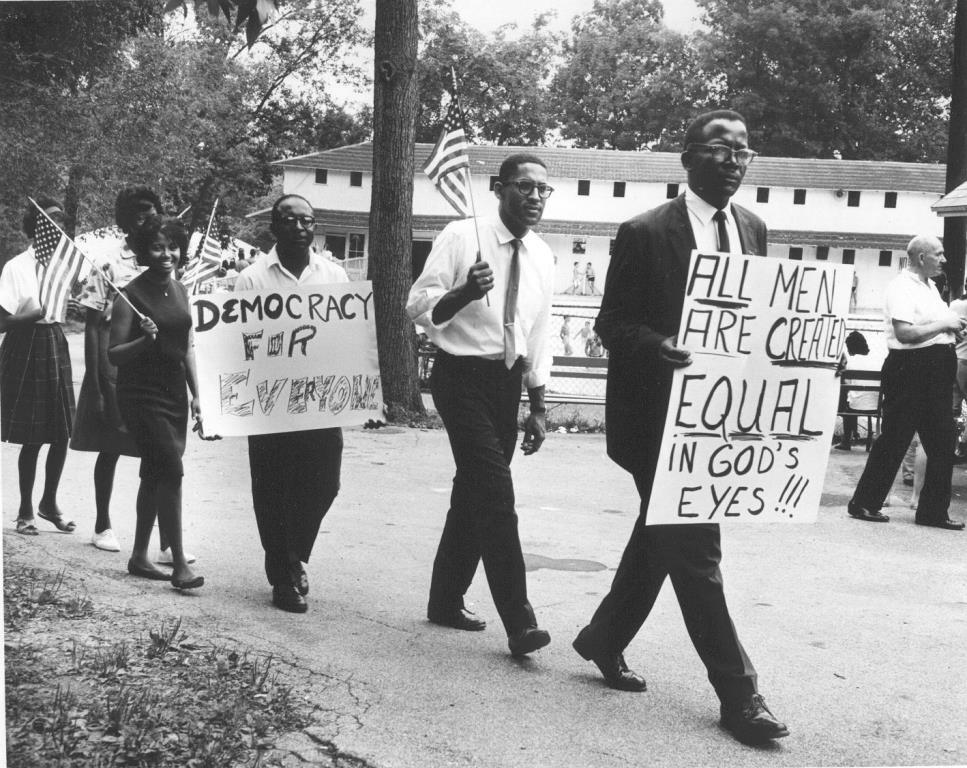
Lancaster Legend Who Immortalized Christmas Music is the Focus of Free Colloquium
Welcome to LancasterHistory.org
FREEDOM: "to secure the Blessings of Liberty" explores the stories of Lancastrians who sought, fought for, lived in, and were denied freedom over the course of 300 years. They are stories of hope, joy, struggle, and survival from Penn's Holy Experiment through the 21st century.
Save
Save
Save
Save
Save
Save
Save
Save
April 2017 Story Ideas
from LancasterHistory.org
Save
Save
Save
Save
25rd Annual Art & Leisure Auction
Features “Flashback Friday” Theme
Fastnacht Day: February 28 at
York County History Center
Fastnacht Day will be celebrated at the York County History Center’s Historical Society Museum on Tuesday, February 28, 2017, from 9:30 a.m. – noon. The Friends of the History Center will serve fastnachts, coffee, tea and hot chocolate at the Museum, located at 250 E. Market Street, York.
This free event is held each year as the Friends’ “thank you” to the community for their support throughout the year. Fastnacht Day originated with Pennsylvania Germans on Shrove Tuesday, when all fat had to be removed from the home before Lent.
The Friends hold fundraising events all year to benefit the programs and exhibits of the History Center.
York County History Center Closed January 26-27, 2017
Save
Save
Did colonial courthouse windows end up in the Dover area?
Jonathan Mifflin turns down York County post
York, Pa., really is the center of the universe, especially when you consider its place in historical events. Local historian June Lloyd looks at how things have converged on our hometown, past and present.
Save
Save
Save
Save
LancasterHistory.org
-
2016
- Upcoming LancasterHistory.org Events August 29 - September 21, 2016
- New Exhibition FREEDOM: "to secure the Blessings of Liberty" Opens September 24 & 25
- Upcoming Colloquium explores the frontier of early Pennsylvania
- Celebrate A Lancaster Victorian Christmas!
- A Salute to Pearl Harbor
- December 2016 Story Ideas
- Lancaster Legend Who Immortalized Christmas Music is the Focus of Free Colloquium
-
2017
- LancasterHistory.org Honors National Black History Month With Program Set
- Free Screening of Harriet Tubman Film Celebrates Black History Month
- The Friends of the Tanger Arboretum Annual Dinner
- April 2017 Story Ideas from LancasterHistory.org
- April Living History: Precocious, Passionate, & Plodding Buchanan
- 100 Years After US Entry Into World War I, Motivations Revisited
- The Historian May 31, 2017
- The Historian July 26, 2017
-
2018
LMHS
Lancaster Mennonite Historical Society | Preserving the culture of Mennonite-related faith communities in Lancaster County
Lancaster Mennonite Historical Society has added a new field trip to the 2016 schedule of events. Get a new view of historic sights in Lancaster and Lebanon with the upcoming field trip, "The Trail of Greenywalt's Boys."
Swann Auction
Swann winter/spring 2018 auction schedule
Printed & Manuscript Americana
PRELIMINARY RESULTS OF SALE 2450, June 7, 2017:
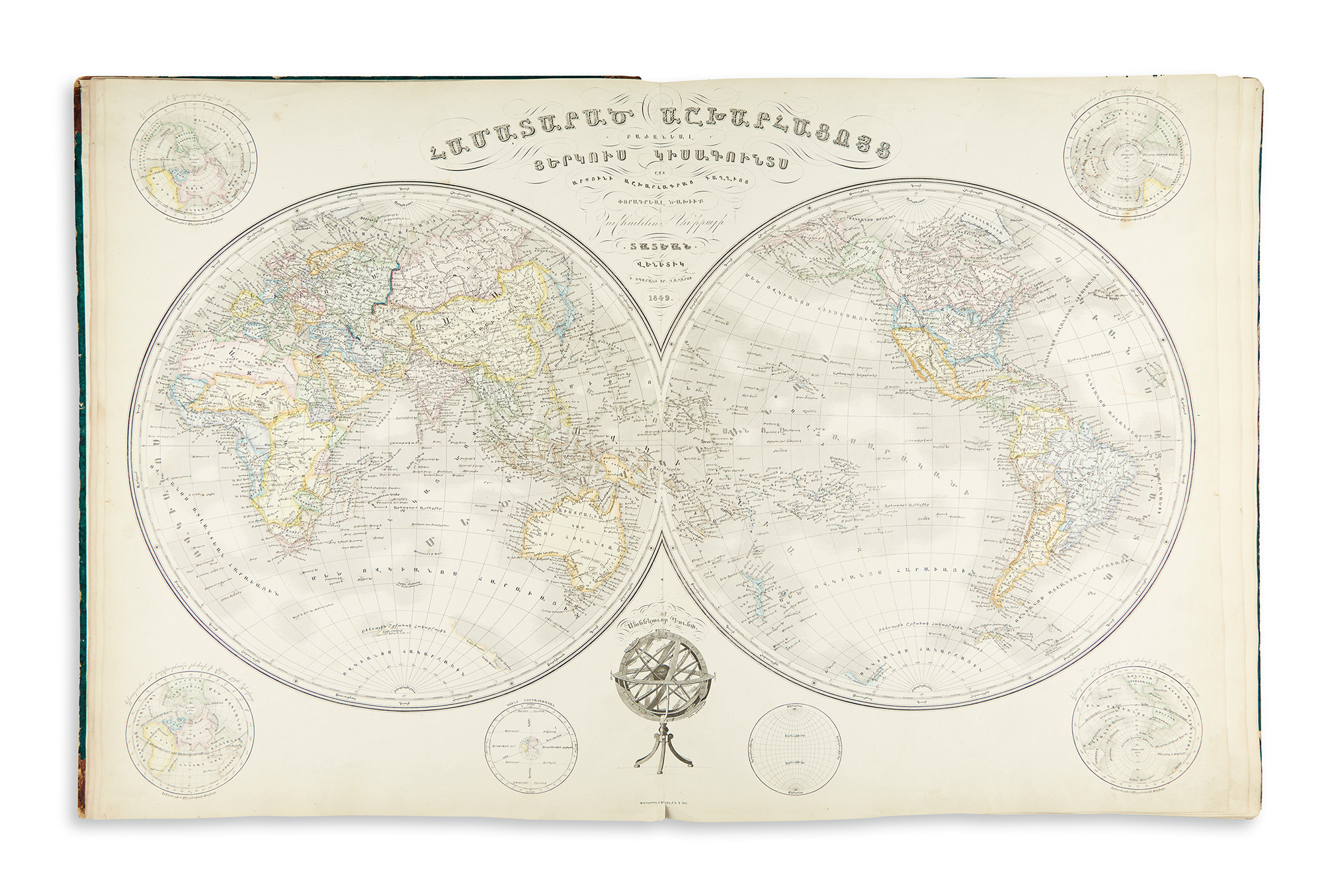
Printed & Manuscript African Americana
L.A. Assemblage Artists Featured in Swann African-American Fine Art Auction
Early East Indies Trade Maps Go Far
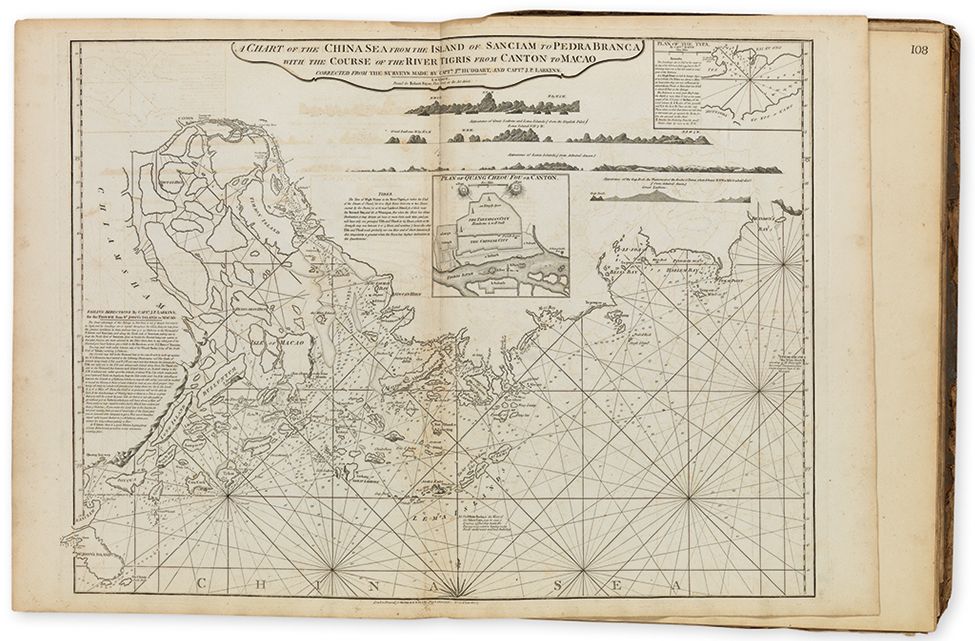
Swann Auction Galleries November Printed & Manuscript Auction November 17, 2016

Revolutionary Americana & Early Mormon Materials See Historic Prices
American Political Signatures Steal the Show

Travel Posters Take Off: Ten Record Prices Achieved
Swan Auction: Preliminary results of Sale 2413, November 1, 2016

Illustration Art
Draws A Crowd
Save
Save
Save
Save
Save
Save
Save
Save
Save
Save
Save
Save
-
April 2018
-
February 2018
-
December 2017
-
September 2017
-
June 2017
-
April 2017
-
March 2017
-
February 2017
-
December 2016
-
November 2016
-
October 2016
- Printed & Manuscript Americana
- Art & Storytelling: Photographs & Photobooks
- Rare and Important Travel Posters
- Art & Storytelling: Photographs & Photobooks Exhibition Opens Thursday, October 20
- Just in from Swann Auction Galleries..a Record Setting Auction
- Swann Auction: Illustration Art Draws A Crowd
- Swann Auction: Autographs
-
September 2016
-
August 2016
-
July 2016
-
June 2016
-
May 2016
-
March 2016
Geneaology Posts
-
October 2016
-
September 2016
-
June 2016
-
May 2016
-
April 2016
-
November 2015
-
October 2015
-
September 2015
-
July 2015
-
June 2015
Dover Post
Half-century of history at Dover AFB
The 'Proud Pelicans' of the 9th Airlift Squadron just keep on flying
VIDEO: Proud Pelicans keep on flying
436th Airlift Wing commanders look back on a half-century of history at Dover AFB
Cargomasters on the flight line, 1960
436th Operations Group is the heartbeat of Dover Air Force Base
Links to External Sources
- Prestige Marigold Plots Bangalore Saturday, 18 September 2021
- Godrej Ananda Apartments in Bangalore Thursday, 16 September 2021
- purva tivoli hills plots Thursday, 02 September 2021
- Colon Broom Colon Cleanse - ColonBroom Reviews, Coupon, Price Friday, 20 August 2021
- Best email services by Roadrunner email problems Tuesday, 22 June 2021
- CSS of Amazon Fire Stick Edited By Tvsticksupport.Com Tuesday, 04 May 2021
- DIvas Of India Jaipur Escorts Wednesday, 14 April 2021
- What is the importance of religion assignment help in USA Wednesday, 14 April 2021
- Logo For InstallnSetup Created by Installnsetup.Com Monday, 05 April 2021
- CSS Of Amazon Kindle Supported By TheFireSupport.Com Saturday, 03 April 2021
Latest Articles
Popular Tags
Windsor Historical Society
Windsor Historical Society - The museum, library, and historic houses explore 370 years of history in Connecticut's oldest English town
Latest Blogs
- Post Free Escorts Call Girls List Monday, 20 September 2021
- https://www.godrej-ananda.net.in/ Thursday, 16 September 2021
- purva tivoli hills Thursday, 02 September 2021
- Prestige Marigold Plots Saturday, 28 August 2021
- All Technology Trends Thursday, 26 August 2021
- Colon Broom Coupon Friday, 20 August 2021
- Ahmedabad Escorts Service Escort in Ahmedabad Call Girls Friday, 18 June 2021
- When is a business analyst added to a software development team? Friday, 11 June 2021
- DIvas Of India Wednesday, 14 April 2021
- assignment help Wednesday, 14 April 2021
American Antiquarian Society
About AAS The American Antiquarian Society is a national research library of American history and culture through 1876.more
Delaware Division of Historical and Cultural Affairs
“Doctor Who and William Penn” to be presented at Dover, Del.’s Old State House on Aug. 19, 2017
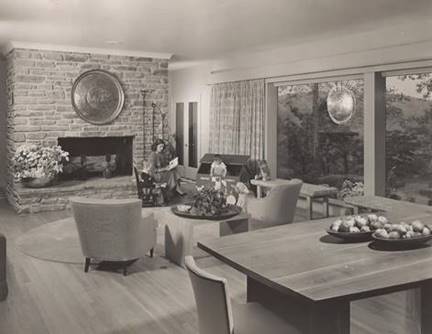
Online survey seeks public input regarding the preservation of historic places in Delaware
Zwaanendael Maritime Celebration: “A Sailor’s Life for Me” in Lewes, Del. on May 27 and 28, 2017
Delaware Division of Historical and Cultural Affairs to sponsor 14 free programs during March 2017
New exhibit now open at Lewes, Del.’s Zwaanendael Museum
“Listen Up! African-American History” program Rescheduled
Save
Save
Save
Save
Save
Virginia Tech was not the worst school massacre in U.S. history. This was.
That spring morning in 1927 could not have been more beautiful, one of the students would later recall. The Bath Consolidated School just outside East Lansing, Mich., was holding final exams, but before the morning bell rang on May 18, 1927, children ran and played outside. Peals of laughter could be heard.
WWII veteran's remains return home after missing 74 years
ATLANTA (AP) - More than 70 years ago, a U.S. Army plane dubbed "Hot as Hell" was headed for India on a supply mission. It never arrived, and no one went looking for the doomed aircraft or the eight men on board because military officials had no way of pinpointing where it went down.
Sword belonging to commander of black Civil War unit found
BOSTON (AP) - The sword that belonged to the commanding officer of the first all-black regiment raised in the North during the U.S. Civil War has been recovered after being lost to history for more than 150 years. The British-made sword carried into battle by Col.
'America's Frankenstein': Book to examine Philly's 'first mass murderer'
An upcoming book seeks to find the links between the fable of Frankenstein and a brutal Philadelphia mass murder that occurred nearly 50 years after the release of the famous novel. In "The Face of a Monster: America's Frankenstein," Delaware author Patricia Earnest Suter revisits the gruesome killings of eight people at the hands of Anton Probst in 1866.
Jaw-dropping discovery: Soldier's diary retells WWI horrors
Norman Gray, a fresh-faced 19-year-old was shipped off to France in 1914 to fight in World War I. Now his diary resurfaced, documenting the horrors of war.
Maria Tesch, 1850-1936 * - Kulturarv Östergötland
Östgötsk kulturhistoria. Uppgifter om arkiv, bibliotek, museer, hembygdsföreningar m.m.







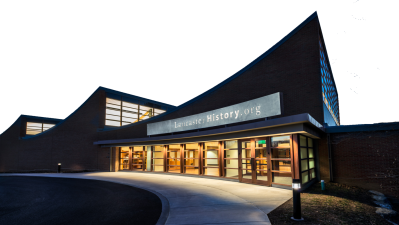


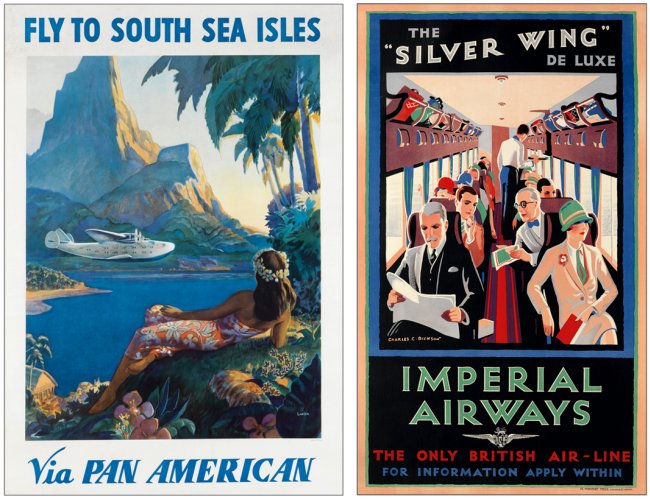

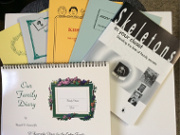





http://wikipedia.org/